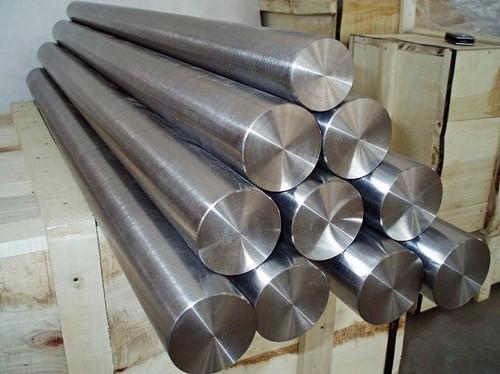An alloy stronger than titanium!
Metallic lenses combine superior strength with steel and titanium with elasticity comparable to that of plastics. Unfortunately, they were until then as brittle as glass and not ductile.
 History of niobium
History of niobium
An English chemist discovered this chemical element in 1801. It was not until the beginning of the twentieth century that niobium was used industrially, even though it had very advantageous physical properties compared to other metals. 6al 4v titanium is a heavy metallic items.
Its use dates back to 1925 when niobium began to replace tungsten in the production of tool steels. During the 1930s, niobium was used to prevent corrosion of stainless steel. When the primary production of niobium began, it became a key element in the development of modern engineering materials and its use has steadily increased as a result of advances in the metallurgical field.
At the end of the 1960s, Quebec became interested in minerals and began to rake its territory in search of this resource. In 1967, flying over the Saguenay region at low altitude, there was a radiometric anomaly in Saint-Honoré. An unexpected discovery that would lead to a major surprise: a large deposit of niobium.
The name niobium is derived from Niobe, the daughter of Tantalus himself the son of Zeus in Greek mythology. This choice is because tantalum, previously discovered, has subsequently been found to be mixed with niobium.
Uses
Niobium is an alloying agent that gives considerable properties to the materials to which it is added. For example, niobium-containing steel resists corrosion and is stronger and lighter than pure steel. We find, among others, niobium in rockets and satellites sent into space and even into the human body. The qualities of niobium make it one of eight strategic raw materials considered indispensable.
Niobium (Nb) is an alloying agent that gives unique properties to the materials to which it is added. Indeed, the addition of niobium to steel gives it two undeniable advantages, both economically and environmentally, since it allows both to increase its resistance and to lighten it. Thanks to its exceptional properties, it is used in particular for the automotive, aeronautical and petrochemical industries and the construction of pipelines, bridges or various works.
Since 1994, Niobec has become a truly integrated mining and metallurgical complex, thanks to the construction of niobium (Nb 2 O 5 ) conversion plant into ferroniobium (Feb), which has allowed it to rank among global producers of ferroniobium. The conversion is carried out on-site using an aluminothermic reaction. The pyrochlore concentrate is mixed with several raw materials, including aluminum granules, metallic iron, sodium nitrate, and recycled fines, before being transferred to a reactor. The ferroniobium, crushed to the size required by each steel mill, is then packaged in containers of 10 to 1,500 kilograms and shipped anywhere in the world.



